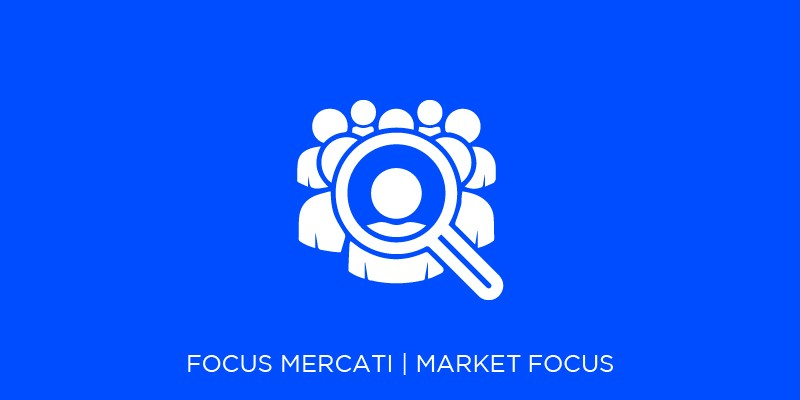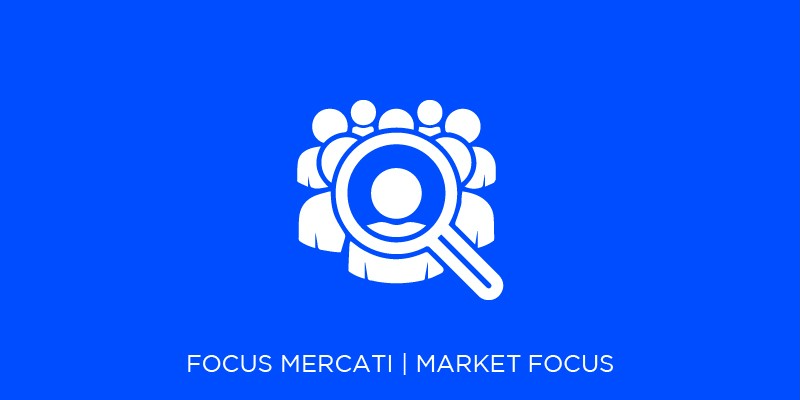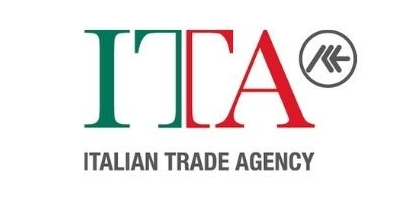

The Wine Market in Brazil and Perspectives for the Next Five Years
Information
(Increased demand, COVID effect, e-commerce surplus, opportunities, and barriers)
According to Euromonitor International, wine consumption in Brazil in 2019 amounted to 330.4 million liters (16.9% of the Latin American market), equivalent to about 440 million 750ml bottles, of which 75% sold in off-trade channels (supermarkets, specialized and similar stores, online and offline) at an average price of R$ 32.00/bottle (about 7 euros at the average exchange rate in 2019) and 25% in on-trade channels (bars and restaurants) at an average price of R$ 59.00/bottle (about 13 euros at the average exchange rate in 2019). In both cases, the average ex-works cost is estimated at about R$18.30 (around 4 euros at the 2019 average exchange rate). Off-trade sales were mainly concentrated in supermarkets (36.3%), specialty stores (27.9%) and hypermarkets (19.7%). E-commerce recorded a 2.9% stake, confirming the channel's expansionist trend that began in 2014, when participation was 2.2% of total sales. Still wines (particularly red) account for almost 83% of the market while sales of sparkling wines account for 7.8% of the market. The market is highly fragmented and led by domestic producers. Cooperativa Vincola Aurora, with an 8.2% market share, holds the overall leadership in terms of sales volume. Other major Brazilian players include Vinhos Salton (5.8%), Casa De Conti (4.1%), and Wine Miolo (3.7%). Chilean Concha Y Toro, together with LVMH French Moët Hennessy Louis Vuitton (1.2%), are the only foreigners among the top 10 market suppliers. Imported brands from Chile, Argentina, and Portugal represent strong competitors to the domestic product, with Brazilians often perceiving imported wine as superior in terms of quality. In 2020, with the epidemiological emergency forcing bars and restaurants to close for several months and the recommendation for people to avoid public places, the picture has changed with a decrease in outside consumption. However, consumption in general has increased (between January and September per capita consumption rose from 2.13 liters to 2.67 liters, representing an increase of almost one bottle per individual over the age of 18), demand for sparkling wines has decreased (likely due to the product’s association with consumption in groups, which were banned), and online sales have seen a strong boost (sales through electronic channels have more than doubled since the end of February and the beginning of May, compared to the same period in 2019). Although Brazilian production has benefited most from the picture generated by the pandemic, imports have also increased, up 6.7% between January and October 2020 compared to the same period of the previous year. In volume, this represents an increase from 111.8 million liters to 119.4 million liters. We can therefore project 2020 total imports of 140.9 million liters, or about 188 million 750ml bottles. The main supplier countries are Chile (47.7%), Portugal (15.7%), Argentina (14.6%), and Italy (7.6%). Imported wines from these countries fetch, on average, USD 3.23/bottle, USD 3.75/bottle, USD 3.95/bottle, and USD 5.24/bottle, respectively. One possible reason for Italy’s smaller presence (despite the over 2,000 types of wine including 400 DOC and DOCG on offer) compared to Portuguese wines, for example, is the average ex-works cost of more than 40% over Portuguese wines, putting these bottles above the average price that Brazilians are inclined to pay. The future is promising, and forecasts point toward continuous expansion of wine consumption in Brazil, on the order of 17% in the coming years, reaching about 387 million liters in 2024.


